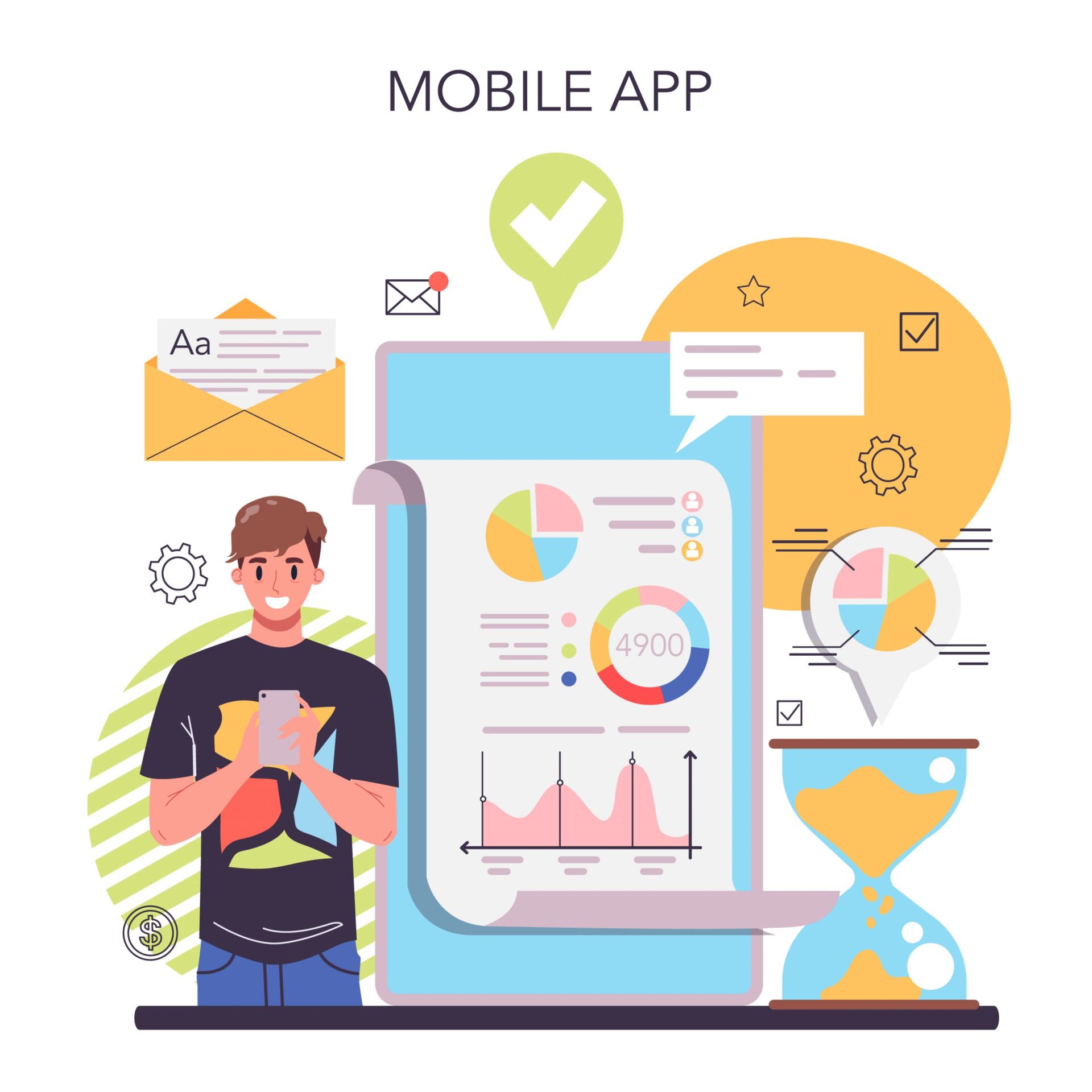Old-age pensions, elderly solidarity allowances, long-term disability pensions, short-term disability pensions, partner’s pensions, death grants, and workers’ compensation are all mandatory employee benefits in France. In addition to these statutory protections, supplemental employee benefits may include enhanced retirement and death benefits, short- and long-term disability insurance, medical coverage, career termination indemnities, and extended workers’ compensation beyond the legal minimums. Employers also often offer additional perks such as paid time off (PTO) enhancements, parental leave, and profit-sharing schemes to improve work-life balance and retain top talent. These supplemental benefits, while not legally required, are commonly included in collective bargaining agreements (CBAs) or company-specific policies to attract and support employees.
Mandatory Employee Benefits in France
Old-Age Pension
The legal retirement age is 62 years old. The age at which you are automatically entitled to a full pension is 67. The qualifying period for a full pension is determined by the month and year of the insured’s birth. For periods when the insured received unemployment benefits or a disability pension, coverage may be credited (with an assessed degree of disability of greater than 66 percent). Up to eight halves of coverage may be given to insured women for each kid, and four of these halves may be awarded to the father under specific conditions. Persons with disabilities, working mothers, those who work in difficult conditions, people who have had lengthy careers, and war veterans all have particular qualifications.
Allowance for the Elderly in Solidarity
This is paid to low-income retirees over the age of 65, as well as insured persons who have attained the legal retirement age and are deemed unable to work or have a permanent disability of at least 50%.
Pension for People With Long-Term Disabilities
A person must be younger than the regular retirement age, have a 66.7 percent estimated loss of earning capability in any occupation, and have at least twelve months of coverage before the disability occurred, as well as 600 hours of employment in the previous 12 months, to qualify for this pension. This comprises at least 200 hours in the previous three months; or having contributed based on earnings of at least 2,030 times the legal hourly minimum pay, including at least 1,015 times the legal hourly minimum rate.
Pension for Short-Term Disability
To be eligible for short-term sickness benefits, an employee must have worked a specific number of hours or accumulated a certain amount of contributions in the time leading up to the illness. The daily allowance paid during a sick leave equals 50% of the employee’s daily reference salary for the previous three months. It is based on the average gross salary taken into account, with a maximum of € 2,601.68 for the first 30 days of absence, limited to 1.8 times the monthly SMIC in effect (SMIC = Guaranteed Minimum Wage) 1/91,25th. If the employee has three dependent children, the compensation increases to 66.66 percent of the daily reference salary on day 31 of sick leave.
Pension for the Spouse
In France, employee perks include pensions for spouses. A widow(er) over the age of 55 or who is disabled is an eligible survivor (including a divorced wife who has not remarried). Even if they had a civil relationship with the deceased, unmarried surviving partners are ineligible. If the widow(er) is 55 or older and has given birth to or raised three or more children, a child’s supplement is paid.
Grant of death
If the dead were employed or receiving an unemployment benefit, a cash sickness benefit, or a disability pension (with an assessed degree of incapacity of at least 66.67 percent) at the time of death, they will be eligible for this payout.
Medical Coverage
Since 1945, all employees have been eligible for mandated medical care benefits through France’s social welfare system. PUMA also covers employees who have a very low income (Universal Protection for Medical Care).
Compensation for Employees
Company workers compensation in France is divided into two parts:
- Permanent Disability Pension – If given by the CBA, the supplementary pension amount is based on the employee’s Incapacity Rate (decided by the Social Security Referent Practitioner) and wages prior to the accident. The minimal amount is determined by the CBA.
- Survivor’s Benefits – A spouse may be entitled to a supplementary pension if the CBA provides it. The minimal amount is determined by the CBA.
Retirement
The General Scheme and Supplementary Plans are comparable to a career average defined benefit (DB) plan in that they are funded on a pay-as-you-go basis. The annuities payable to retirees in any given year are paid from active employee and employer contributions received during that year.
Indemnities for Job Termination
Employers cover termination indemnities using reserves or insurance. When the National Inter-Professional Agreement (ANI) is in effect, the Employer is required to continue to give benefits after the work contract has terminated.
An employee with at least one year of service is entitled to an indemnity, according to labor legislation. For every year of service, the compensation is 1/5th of a month’s salary, plus an extra 2/15th of a month’s salary for each year of service after 10 years (1 month’s salary after 10 years’ seniority).
According to CBA, benefits vary depending on the type of agreement in place, but in general, benefits are a fraction of the average wage for the previous 12 months, based on the duration of service.
Add Your Heading Text Here
What are the main mandatory employee benefits in France?
Mandatory employee benefits in France are established by the French government and are applicable to nearly all workers under French labor law. These benefits ensure a baseline of social protection for employees throughout their working life and into retirement. The key mandatory benefits include:
-
Old-age pensions, which provide financial support post-retirement starting at age 62, with full pension entitlement at 67.
-
Solidarity allowance for the elderly, aimed at low-income retirees or those unable to work due to a permanent disability.
-
Short-term and long-term disability pensions, offering financial support in the event of illness or permanent loss of earning capacity.
-
Partner’s pensions for surviving spouses under certain conditions.
-
Death grants, payable to beneficiaries if the employee dies while employed or receiving social benefits.
-
Medical coverage, which is universal under France’s social welfare system.
-
Workers’ compensation, which provides financial protection for work-related injuries or disabilities.
These benefits are primarily funded through social security contributions shared by employers and employees and ensure that all workers have a minimum level of protection against life’s uncertainties.
How does the French pension system work, and who qualifies for full retirement benefits?
The French pension system is composed of two main components: the General Scheme (basic pension) and supplementary retirement plans. Both systems operate on a pay-as-you-go model, where current employee contributions fund the pensions of current retirees.
To qualify for a full retirement pension, a worker must:
-
Reach the legal retirement age of 62 years.
-
Accumulate a required number of trimesters (quarters) of contributions, which varies depending on the year and month of birth.
-
Alternatively, reach the automatic full pension age of 67, regardless of the number of trimesters.
Special allowances are provided for certain groups, such as:
-
Parents (especially mothers), who may receive extra coverage quarters per child.
-
Workers with disabilities or those in physically demanding jobs.
-
Individuals with long careers or military service.
These provisions aim to balance equity and fairness while ensuring that individuals with different career paths or life circumstances still receive adequate retirement income.
What distinguishes supplemental benefits from mandatory benefits in France?
Mandatory benefits are legally required by the French government and are universally applied to all employees, while supplemental benefits are offered voluntarily by employers, often in line with collective bargaining agreements (CBAs) or as part of competitive compensation packages.
Supplemental benefits include:
-
Enhanced medical insurance
-
Private pension plans
-
Career termination indemnities beyond the legal minimum
-
Parental leave enhancements
-
Profit-sharing schemes
-
Additional death and disability coverage
These benefits allow companies to differentiate themselves as employers of choice and help attract and retain talent. They also provide a safety net that goes beyond the basic protections mandated by law, offering employees more financial security and flexibility.
What is the significance of indemnities for job termination in France?
Termination indemnities in France are a critical aspect of employee protection. According to French labor law, employees with at least one year of service are entitled to compensation when their employment is involuntarily terminated, provided they were not dismissed for gross misconduct.
The standard formula is:
-
1/5th of a month’s salary for each year of service, plus
-
2/15ths of a month’s salary per year beyond 10 years of service.
Termination indemnities are typically based on the average salary of the past 12 months and may vary depending on the applicable Collective Bargaining Agreement (CBA).
In many cases, employers set aside financial reserves or purchase insurance policies to cover these obligations. The indemnities act as a financial cushion for employees during transitional periods and are part of the broader social safety net that defines French labor protections.
Are civil partners or unmarried partners eligible for survivor pensions in France?
In general, survivor pensions in France are limited to legally recognized spouses and divorced spouses who have not remarried. Unmarried partners, including those in civil partnerships (PACS), are not eligible for survivor pensions under current French laws.
To qualify, a surviving spouse must typically be:
-
Over the age of 55, or
-
Disabled at the time of their spouse’s death.
There are also additional supplements for widows or widowers who raised three or more children. These provisions ensure a degree of financial continuity for spouses who may be dependent on the deceased’s income, but they also reflect strict legal requirements about marital status and eligibility.
Conclusion
France offers one of the most comprehensive systems of employee benefits in the world, blending mandatory protections with supplemental perks to safeguard workers’ health, income, and quality of life. From old-age pensions and medical coverage to termination indemnities and disability pensions, the French labor framework is designed to provide stability throughout an employee’s career and beyond.
Understanding both mandatory and optional benefits is crucial for employers operating in France, as non-compliance can result in legal and financial penalties. At the same time, offering supplemental benefits can strengthen employee engagement, foster loyalty, and enhance your company’s reputation as a socially responsible employer.
For employees, knowing their rights and available protections can empower them to make informed career decisions, plan for retirement, and seek additional security through employer-provided programs.











